Stinging nettle root has been used medicinally for centuries. Recent studies suggest that it is helpful for men’s health. In this article, we’ll discuss how to harvest and use it to make a tincture.
The common nettle or Stinging Nettle (Urtica dioica and the closely related Urtica urens) has been used as a medicinal plant for centuries. It is commonly used as a diuretic to rid the body of excess water and to treat painful muscles and joints, eczema, arthritis, gout, and anemia.
The word “nettle” derives from the Anglo-Saxon word “noedl” meaning “needle”, while its Latin name “urtica” means “to burn.” This refers to the stinging effects of the tiny hairs on the stems and leaves, which when rubbed against the skin cause a burning sensation and temporary rash. Nettle originates in the north of Europe and Asia, but now, can be found growing all over the world. The entire plant is covered with tiny, stiff hairs on the underside of the leaves and stems. This is the part that releases the histamine that causes a red, bumpy rash, often referred to as urticaria or nettle-like rash.
Nettles grow well in nitrogen-rich soil, and bloom between June and September. They can grow to 4 feet high in rich soil. You’ll recognize them by their upright and rigid stems.
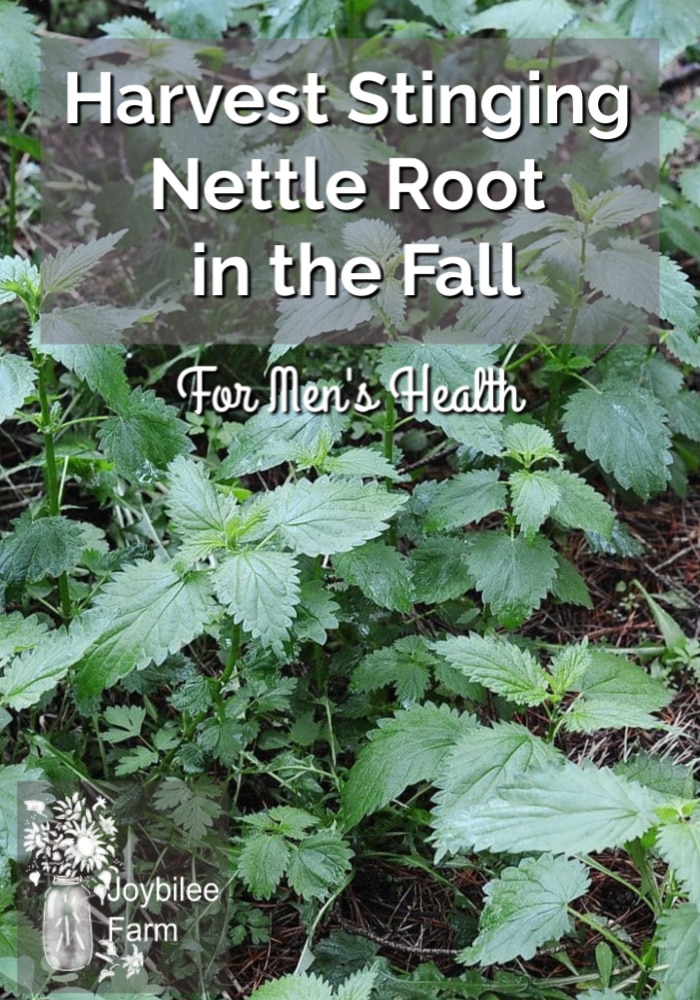
Stinging nettle root for Benign Prostatic Hyperplasia (BPH)
Stinging nettle root is used widely in Europe to treat BPH and for reducing enlarged prostate, prostate cancer prevention, and helping urination in older men. There are several research trials that suggest that nettles ability to not combine with water may inhibit the membrane activity of the prostrate and suppress prostrate-cell metabolism and growth. [source]
Three compelling randomized trials have been reported. Lopatkin and colleagues performed a randomized, double-blind, placebo-controlled trial of 253 male patients with lower urinary tract symptoms who were given 160 mg of sabal fruit extract and 120 mg of nettle root extract, in combination. There were significant improvements in symptoms based on the International Prostate Symptom Score (IPSS) in the active group, compared to placebo, at 24 weeks. [source]

Human studies suggest that stinging nettle, in combination with other herbs (especially saw palmetto), may be effective at relieving symptoms such as reduced urinary flow, incomplete emptying of the bladder, post urination dripping, and the constant urge to urinate. These symptoms may be caused by the enlarged prostate gland pressing on the urethra (the tube that empties urine from the bladder).
Some studies suggest that stinging nettle is comparable to finasteride (a medication commonly prescribed for BPH) in slowing the growth of certain prostate cells. However, unlike finasteride, the herb does not decrease prostate size. Scientists aren’t sure why nettle root reduces symptoms. It may be because it contains chemicals that affect hormones (including testosterone and estrogen), or because it acts directly on prostate cells. It is important to work with a doctor to treat BPH, and to make sure you have a proper diagnosis to rule out prostate cancer. [source]
The root appears to have different pharmacological effects than the leaves.
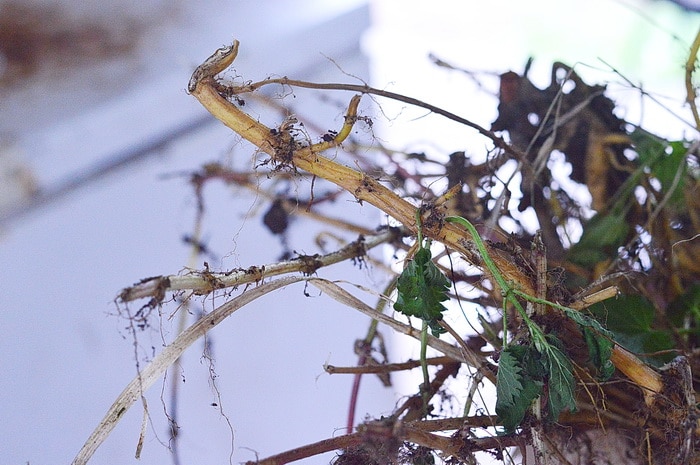
Because nettle root can alter the menstrual cycle and may contribute to miscarriage, pregnant women should not use nettle root. DO NOT self treat with nettle root for BPH. See your doctor to receive a diagnosis and to rule out prostate cancer.
How to sustainably harvest nettle roots
To harvest stinging nettles as a potherb, wear stout gloves so you don’t get strung. Protect the arms, too, with a thick shirt. Cut the plants off at ground level with pruning shears. Wash them with gloves on and stick them into boiling water immediately, and cook like spinach. Harvesting the roots, though uses a different technique.
- Nettle roots should be harvested in late fall.
- The roots will be found in two layers. Young roots that become next years crop will be on the soil surface. The thicker roots below this are the ones you want to harvest.
- Look for a nettle patch in partial shade in the open forest or in a farm yard with manure mixed bedding. The loose soil in these areas allows nettle roots to be pulled up easily.
- Harvest no more than 1/3rd of the roots in any given area. This will insure that next year’s harvest will be just as plentiful as this year’s.
- Settle the ground back after harvest to leave it undisturbed.
To clean the nettle roots:
Shake your stinging nettle roots to knock off most of the dirt. Using pruning shears or scissors, clip off the leaves and dead stems that remain attached to the roots.
Fill a sink with cool water and swish the roots through the water to remove any additional dirt.
Line a wicker basket with a towel. Drain the cleaned roots in the basket for a few hours.
These freshly wilted roots can now be used in your extract. Clip the roots into 1 to 2 inch pieces in preparation for the extract.
If you will be drying the roots for later use, cut them into smaller pieces. The thicker the diameter of the root, the shorter the piece should be. When they are fully dry four pounds of fresh root yields about one pound of dry nettle root. It takes about 5 to 7 days to fully air dry. With a dehydrator set at 100F, the roots will dry in approximately one day.
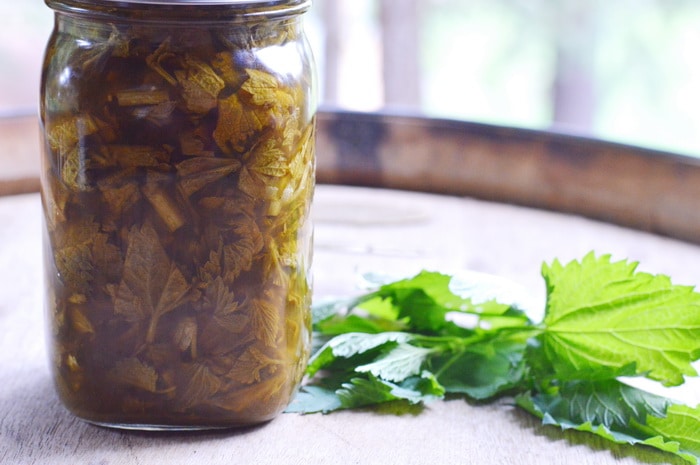
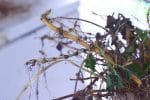
Stinging Nettle Root Tincture
- Prep Time: 1 hour
- Total Time: 1 hour
- Yield: 500 ml 1x
- Category: Tincture
- Method: Infusion
Description
Harvest stinging nettle roots in the fall for this tincture that is helpful for men’s health.
Ingredients
- 2 cups dried or 4 cups of fresh stinging nettle roots
- 3 to 4 cups vodka or brandy (80 proof)
- 1-quart jar
- 5 amber glass bottles with dropper lids
Instructions
- Fill a quart jar with nettle roots. Pour 40% vodka over them. Generally, an herbalist would use alcohol of at least 50% or 100 proof for this preparation, but where I live you can’t easily find vodka with a higher alcohol percentage. The tincture is still strong enough even with a lower alcohol percentage.
- Cap tightly. Label and date the jar. Shake the jar once a day or as often as you think of it.
- After 6 weeks, strain the jar contents, reserving the liquid. Press the spent nettle roots with a potato ricer or other press, to capture as much of the tincture as possible. Discard the roots.
- Pour the completed tincture into amber glass bottles. Cap with a dropper lid.
- Label and date. The tincture will be good for years.
Making Stinging Nettle Root Extract
Yield 5 – 100 ml bottles
Ingredients:
- 2 cups dried or 4 cups of fresh stinging nettle roots
- 3 to 4 cups vodka or brandy (80 proof)
- 1-quart jar
- 5 amber glass bottles with dropper lids
Method:
- Fill a quart jar with nettle roots. Pour 40% vodka over them. Generally, an herbalist would use alcohol of at least 50% or 100 proof for this preparation, but where I live you can’t easily find vodka with a higher alcohol percentage. The tincture is still strong enough even with a lower alcohol percentage.
- Cap tightly. Label and date the jar. Shake the jar once a day or as often as you think of it.
- After 6 weeks, strain the jar contents, reserving the liquid. Press the spent nettle roots with a potato ricer or other press, to capture as much of the tincture as possible. Discard the roots.
- Pour the completed tincture into amber glass bottles. Cap with a dropper lid.
- Label and date. The tincture will be good for years.
Other ways to use stinging nettles in your home apothecary
Stinging nettles are rich in minerals and are helpful for bone health and glandular health. You can use the dried leaves for tea and for nourishing herbal infusions.
Fresh stinging nettles have a mild form of natural histamine. This is what causes the urticaria rash when you touch the spines. When fresh leaves are used in a tincture though, this histamine binds to the histamine receptors in your body and has an antihistamine effect which is helpful for hay fever symptoms and other allergies. You can make your own antihistamine nettle leaf tincture using the directions in this post.
Nettles can also be used for spinning and weaving. Nettles contain a bast fiber that is longer than cotton but shorter than linen and has been spun into thread by many cultures. Find out more about harvesting nettles for spinning here.
Learn more about using herbs for health and wellness from my Book
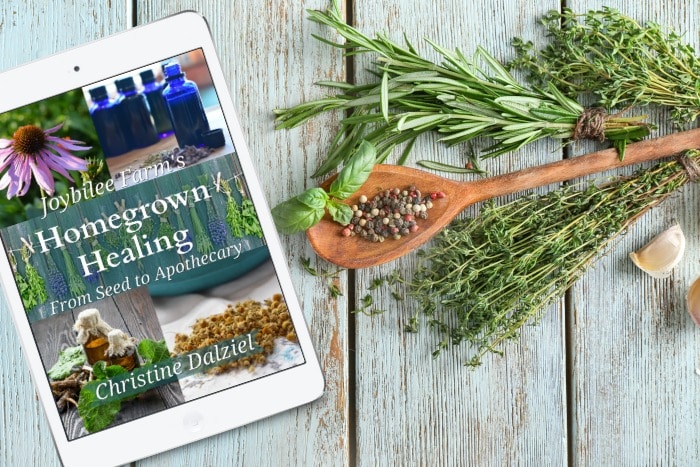
Homegrown Healing From Seed to Apothecary
My book Homegrown Healing From Seed to Apothecary will help you grow healing herbs in your own garden. Focusing on the easiest plants for beginners to grow, Homegrown Healing From Seed to Apothecary covers 30 plants, recommended by professional herbalists, that can be grown in the temperate zone. Initial garden preparation, garden design and harvesting tips lead the novice herbalist into early success. Choose which herbs to grow, learn how to use these herbs for your family’s health and wellness using the guidance in my book. You can find out more about this useful guide to growing more herbs and using them strategically here.


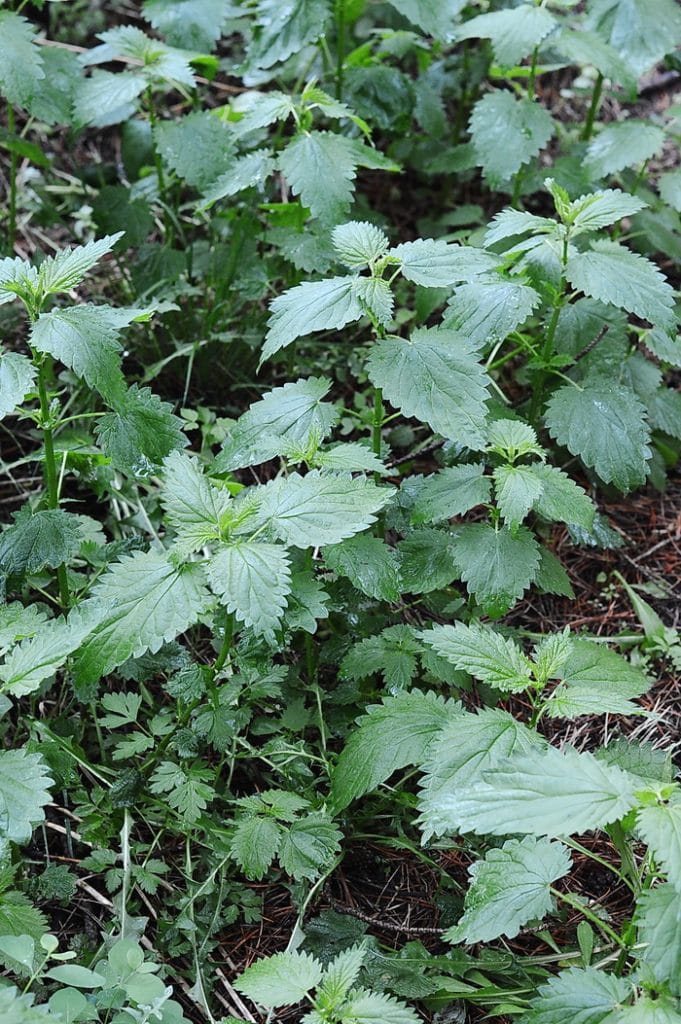


What would be the tincture dosage for the men’s health? Also, can’t see to understand the difference between the tincture and extract. Thank you for sharing!
I have found nettle tea helped with tennis elbow, aka treeplanters wrist caused by tendenitis,
of course the end of the season really helped too!
We made a tincture with the root. Just nettle root and brandy (or vodka).
After you have created it how is it used, please.
Great recipe. I wouldn’t worry too much about the strength of vodka for this tincture – I know tat each herb is different, but I don’t see 40% alcohol being a risk for something that you’re going to use within 18 months. 40% ABV will have 40×(7⁄4) = 70° proof.